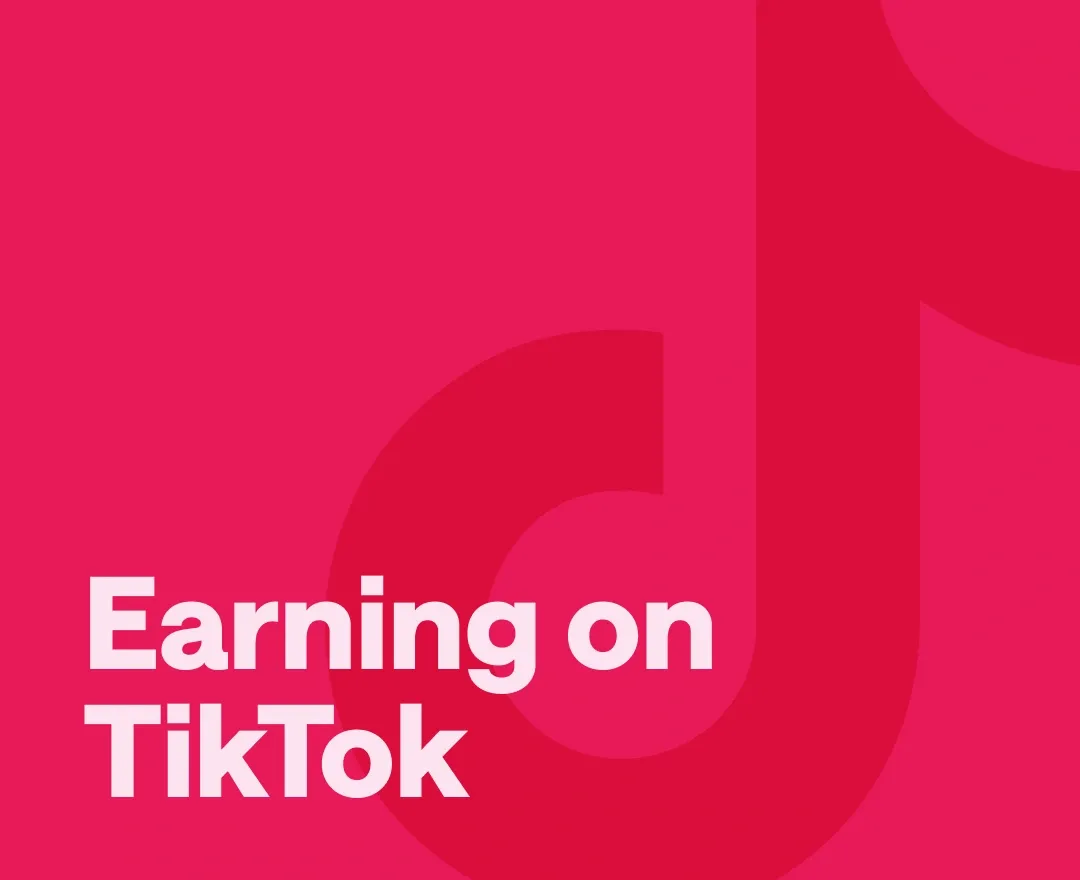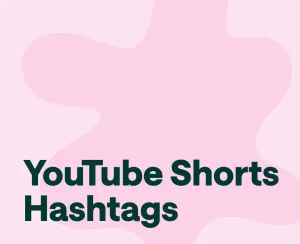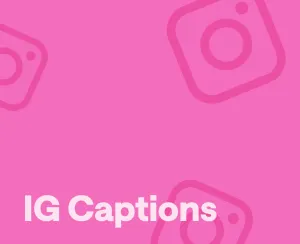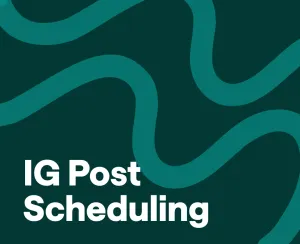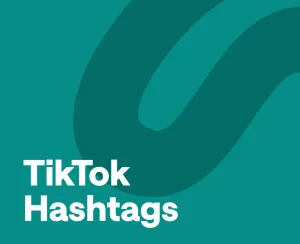TikTok has evolved from a short-form video-sharing app for Gen Z to a powerful driving force behind many socio-cultural trends. Popular challenges, dance trends, and subcultures like #BookTok are products of the social media platform. If something goes viral it probably started on TikTok.
As TikTok’s popularity grows, so does its marketing and revenue-generating potential. Brands have several ways to reach and sell their products or services directly to the platform’s 107.8 million active users.
You can also leverage TikTok whether you’re a business looking for additional revenue streams or a creator turning your passion into a job.
Read on to learn how to make money on TikTok, from sponsorships to social commerce.
7 Proven Ways to Make Money on TikTok
Monetizing social media content is an easy way to make money online. But before you dive in, it is vital to understand your target market’s needs and goals. TikTok’s in-built audience and targeting tools work best when followers value and engage with your content.
A defined niche makes deploying the following strategies effective.
1. Join the TikTok creator fund
TikTok launched its billion-dollar Creator Fund in 2020 to support creators by allowing them to earn money through a revenue-sharing model. In 2024, the Creator Reward Program replaced the fund.
Only some people can participate. The program is reserved for creators with large audiences and strong engagement metrics.
To be eligible, you must:
– Be at least 18 years old,
– Be based in the US, UK, France, Germany, Japan, South Korea, and Brazil,
– Comply with TikTok’s community guidelines and terms of service,
– Have at least 10,000 authentic followers,
– Have at least 100,000 authentic total video views in the last 30 days.
Business or political organizations do not qualify.
How much can you expect to make? The program offers between $4.00 to $8.00 for 1,000 qualified views. That’s up from $0.20 to $0.40 per 1,000 views on the Creator Fund.
Certain TikTok videos receive reward payments. Your content must be original, high-quality, and over one minute long, with at least 1,000 organic views on the For You feed. Stitched and sponsored content is not eligible for the Creator Rewards program.
2. Collaborate with brands for sponsored content
Companies are always on the lookout for content creators to promote their products. Influencer marketing allows brands to tap into targeted audiences and borrow the trust cultivated by creators.
Depending on your reach, resonance, and relevance, your account might be what they’re looking for.
– Reach refers to your follower count
– Resonance refers to your engagement rates
– Relevance refers to your niche.
Of the three, resonance and relevance are important. Many businesses choose quality over quantity, partnering with creators whose audience is engaged and fit their buyer profile over general influencers with millions of followers. So, if your content is beauty-focused, a makeup brand would pay you to create an organic post about their latest product.
See the example below:
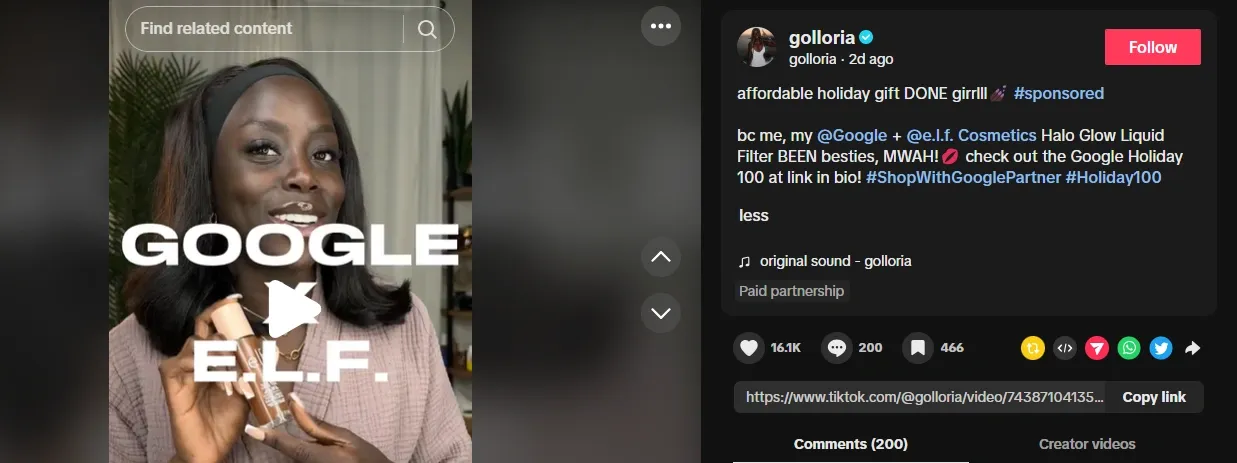
Sponsored content looks like regular content, except it is flagged as sponsored or paid, showing the creator received payment for the post.
You don’t have to wait for brands to find you. TikTok Creator Marketplace is the platform’s official hub for sponsored content collaborations. It connects brands to content creators, streamlining campaigns from end to end.
You can also join third-party influencer networks, join branded affiliate programs, or reach out to brands you love.
3. Use TikTok ads for affiliate marketing
Like influencer marketing, affiliate marketing involves partnerships between brands and creators. However, where the former focuses on driving brand awareness, the latter focuses on driving sales through affiliate marketing links.
TikTok doesn’t allow clickable links on personal accounts. So, here’s how to make money on TikTok through affiliate partnerships.
You can add the URLs to affiliate products in your video descriptions and hope your followers copy and paste the link into their browsers. Alternatively, you can upgrade to a TikTok Business account, enabling you to add a link to your affiliate landing page in the bio section.
Business accounts also allow you to run TikTok ads with clickable CTAs like the one below.

The social platform offers a range of ad formats, including in-feed ads, TopView ads, and Brand Takeovers. You can target TikTok ads to specific audiences based on demographic and psychographic dimensions, increasing your chances of conversion.
A third affiliate marketing monetization strategy is partnering with brands on TikTok Shop. The in-app shopping tool allows business account users to create shoppable videos and live streams.
4. Sell your own products or merchandise
Speaking of TikTok Shop, you can set up an e-commerce store on TikTok. Buyers can discover and purchase physical products without leaving the app for a seamless TikTok shopping experience.
Sellers can display merchandise during live streams, in shoppable videos, on their shop pages, and in TikTok’s centralized marketplace.

Registering is easy. If you’re an individual seller, all you need is your passport or driver's license. Corporate sellers must provide a business license, certificate of incorporation, and company registration certificate.
Not everyone can sell directly on TikTok. The platform doesn’t have a mechanism to sell digital products.
One workaround is the link in your bio.

Digital artist Laura Rubin links her website, where she sells templates, tutorials, digital prints, and merchandise.
This option also works if you don’t want to pay the 6% fee TikTok charges sellers to use TikTok Shop. Plus, it allows you to capture your visitors’ email addresses while they’re browsing your shop, opening the door for future nurturing and upsell opportunities.
The extra step is not ideal. However, compelling content, consistent engagement, and promoting the link in the bio will help generate sales.
Another workaround involves integrating your Shopify storefront with your TikTok shop.
5. Offer shoutouts or personalized videos
TikTok shoutouts are powerful influencer tools. If you have a sizable following, businesses can pay you to mention their product in a personalized video message. Fans can also use the features to request birthday wishes, pep talks, or other personalized messages.
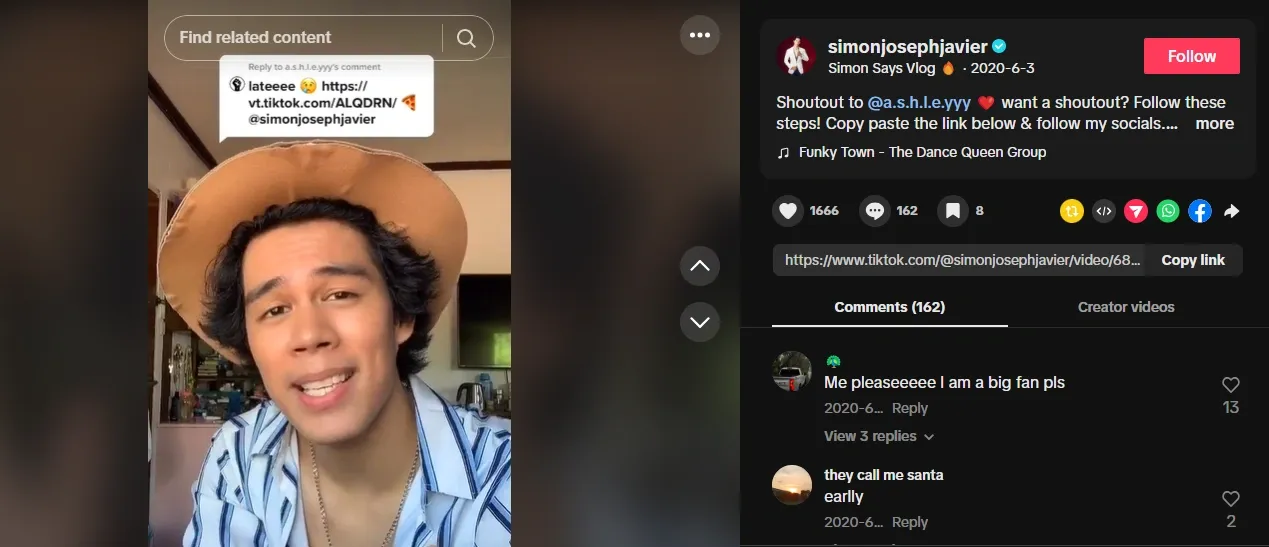
This TikTok-er gives a shout-out to a fan, asking followers to their fanart.
How does this work?
Followers make a request using the Shoutouts feature and pay using TikTok coins. You have three days to accept or decline and another seven days to create and share the shoutout.
You’re not limited to the app.
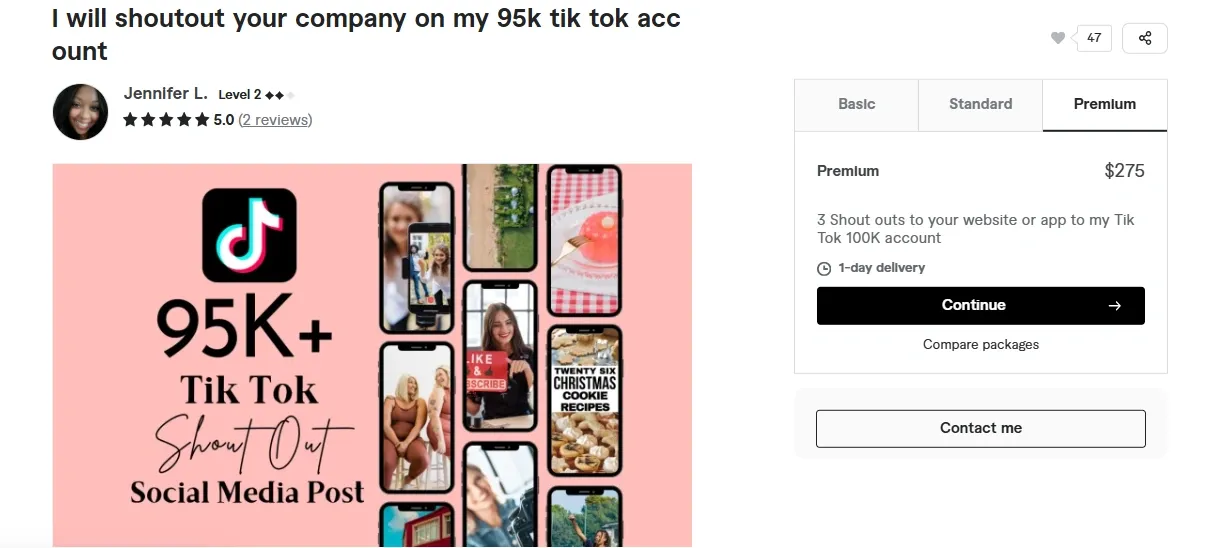
This social media influencer sells their shoutout services on Fiverr, offering three price tiers.
Shoutouts tap into your following to generate awareness, build trust, and potentially grow other people’s audiences. It’s important to collaborate with partners that match your values. A shout-out to a fast fashion company as a sustainability influencer will cost you your credibility and followers.
6. Become a TikTok consultant or coach
If you’re a subject matter expert, you can build your brand on social media with engaging videos and educational content. These include:
– Tips and strategies
– Reactions to trending news
– Questions and Answers
– Client testimonials
– How-to tutorials
But, used this way, these pieces can only help you build awareness, generate leads, and establish your authority as a coach. To make money, you’ll need to invest in good equipment for video conference setups and hold your actual coaching sessions, of course.
That’s not to say you can’t make money directly from your TikTok content.
In fact, you have two options:
1) TikTok Series
Allows creators to create premium content and put it behind a paywall. Each series has up to 80 20-minute-long videos, where you can offer online courses or coaching sessions. You can also use the link in the bio to direct followers to your online course platform or coaching website.
2) TikTok Live Subscription
Monetizes live content, allowing fans to support creators through monthly payments. Subscribers enjoy exclusive content and interaction with creators.
A good strategy is to share lots of free, actionable advice videos before funneling followers to paid content. Don’t forget to respond to comments. These interactions build trust and loyalty.
7. Create sponsored challenges
Going viral and TikTok challenges go hand in hand. Warner Bros used the #ScoobDance challenge to promote Scoob! The Movie. Chipotle used the #GuacDance challenge to promote their free guacamole offer on National Avocado Day.
Branded challenges are campaigns created by companies to drive brand awareness. They capitalize on user-generated content and usually involve influencer or creator collaborations to ensure high visibility and engagement levels.
Businesses pay you to create or participate in the challenge.
How to Create Killer TikTok Videos with Podcastle
So, you’re ready to make a TikTok that turns heads, but maybe you’re not sure where to start. Podcastle makes it easy to create high-quality content without fancy equipment.
Here’s how you can turn your ideas into engaging TikTok videos that stand out, step by step.
1) Record or Upload Your Footage
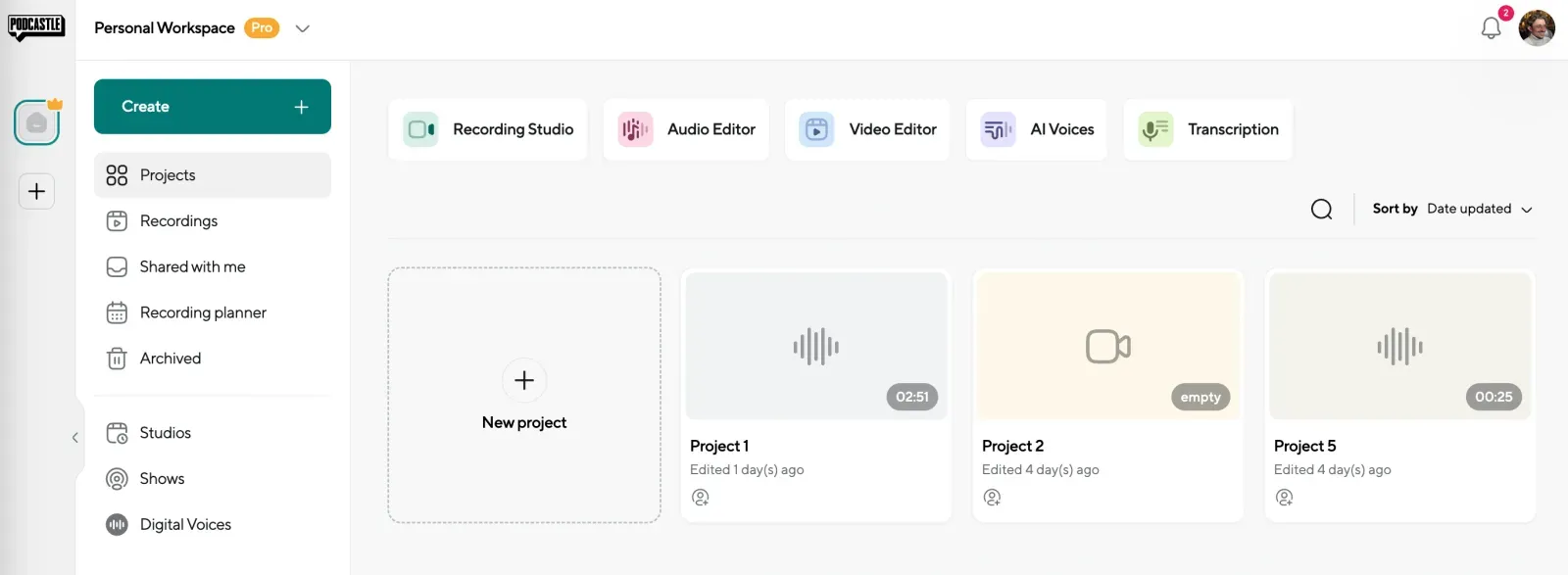
First things first, get your content onto Podcastle. You can start by recording right in the platform, using just your laptop or the Podcastle iOS app. Whether you’re recording crystal-clear audio or filming up to 4K video, it’s all at your fingertips. But if you already have some clips, upload them directly to Podcastle's video editor and you’re ready to roll.
2) Edit Like a Pro
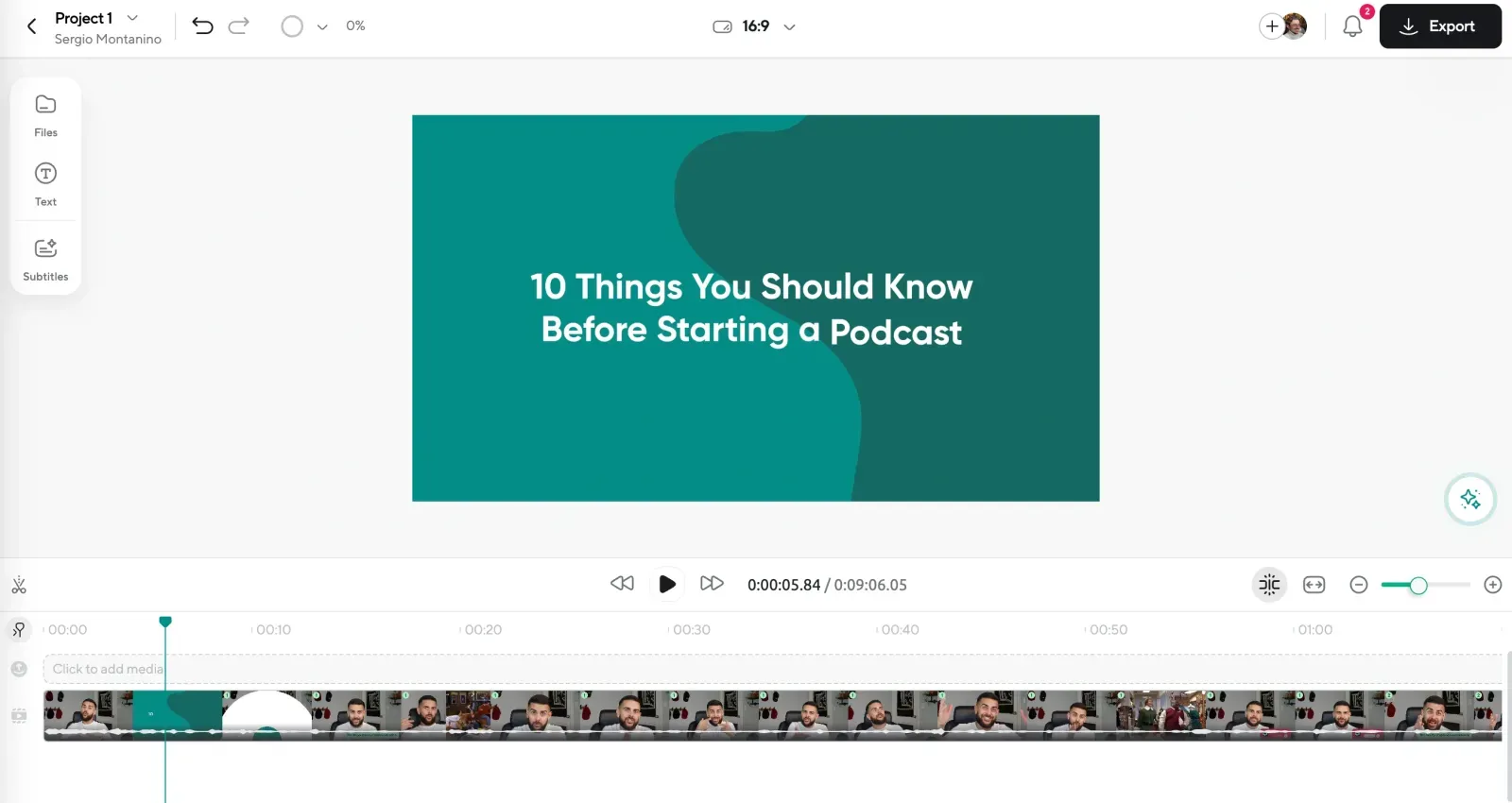
Now that you have your footage, let’s make it shine. Podcastle’s drag-and-drop editor makes it super easy to trim, rearrange, and enhance your video. Add text overlays to emphasize key moments, throw in some royalty-free music to set the vibe, or simply cut out those awkward pauses.
Want to show off a product in action? You can even layer in a split-screen view or add smooth transitions. It’s like having a mini studio in your pocket, and it’s all so simple!
3) Give It a Professional Edge with AI
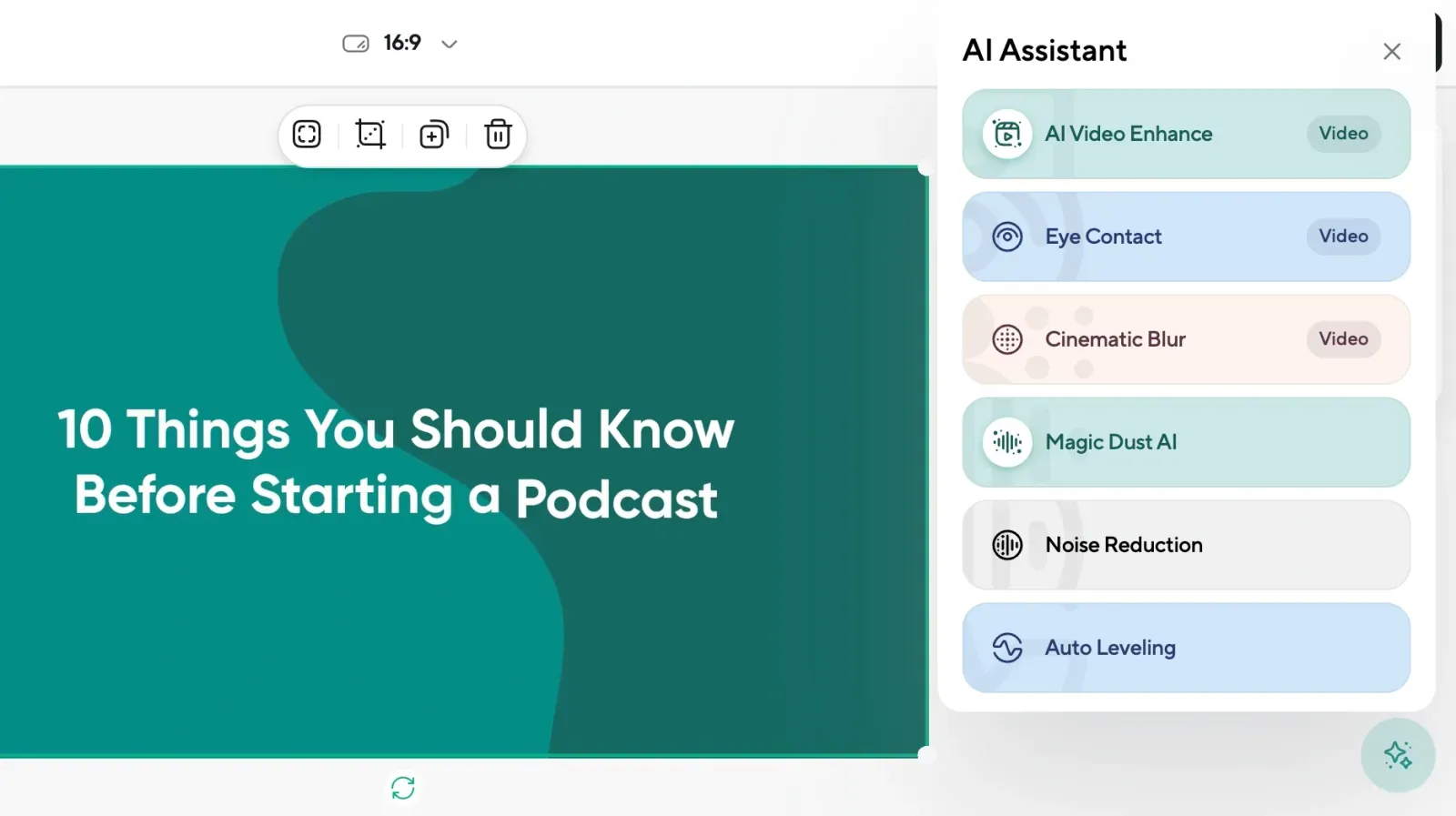
Here’s where Podcastle really shines. Imagine instantly improving your lighting and video quality with AI Video Enhancer. Want your audio to sound crystal clear? Magic Dust does that for you in a snap. Plus, if you’ve got any background noise, Background Noise Remover makes sure your content is clean and focused on what matters most. These tools do the hard work for you, so you don’t have to spend hours tweaking.
4) Tailor Your Video Size for TikTok
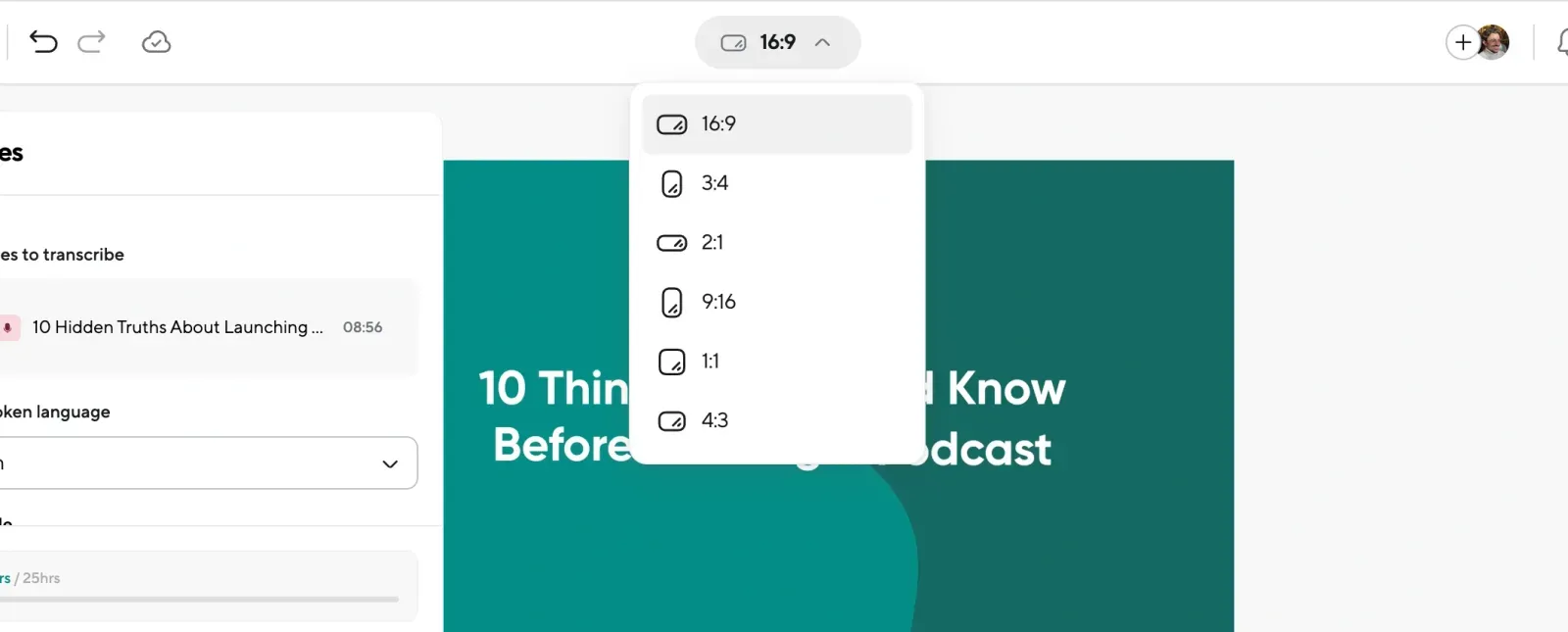
TikTok’s format is unique, but no worries—Podcastle has you covered. Resize your video to the perfect dimensions for TikTok (or Instagram Stories, YouTube Shorts, etc.) with just a couple of clicks. It’s all about making your video fit the platform and look amazing, and Podcastle makes that super easy.
5) Export and Share
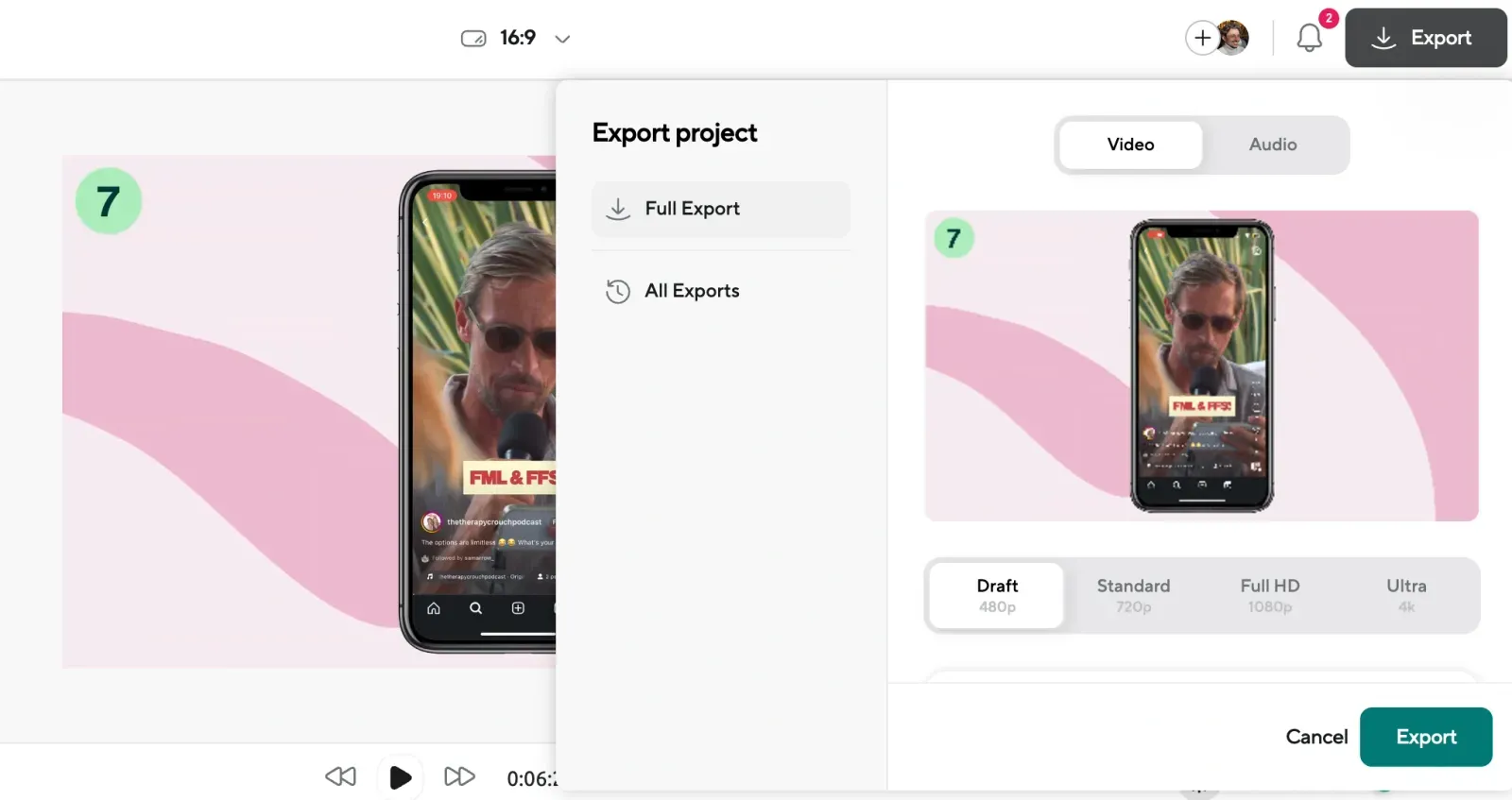
Once you’ve perfected your video, it’s time to share it with the world. Simply export your video in the right resolution and format for TikTok. Podcastle ensures it’s polished and professional, no extra edits needed. Your video is ready to upload and make waves on TikTok.
Final Thoughts
TikTok does more than enable its young audience to create and share fun, short-form videos. The platform offers users several opportunities to monetize their social media accounts. Even if you post nothing but cat videos, TikTok will pay you for high-engagement, authentic content that keeps users on the app.
This article explored how to make money on TikTok using seven proven strategies. Best of all, you can execute all these approaches on the app for a seamless experience. Influencer and affiliate marketers can find brand partners on the Creator Marketplace. Subject matter experts can sell their expertise behind TikTok’s paywall. Creators and businesses can sell their products on their TikTok shop.
There isn’t a single be-all-end-all monetization method. Successful creators leverage multiple revenue streams, enabling them to be profitable. Experiment with different approaches to find what works for you and your target audience.
So, get creative, take action, and unlock your full potential to earn on TikTok!
